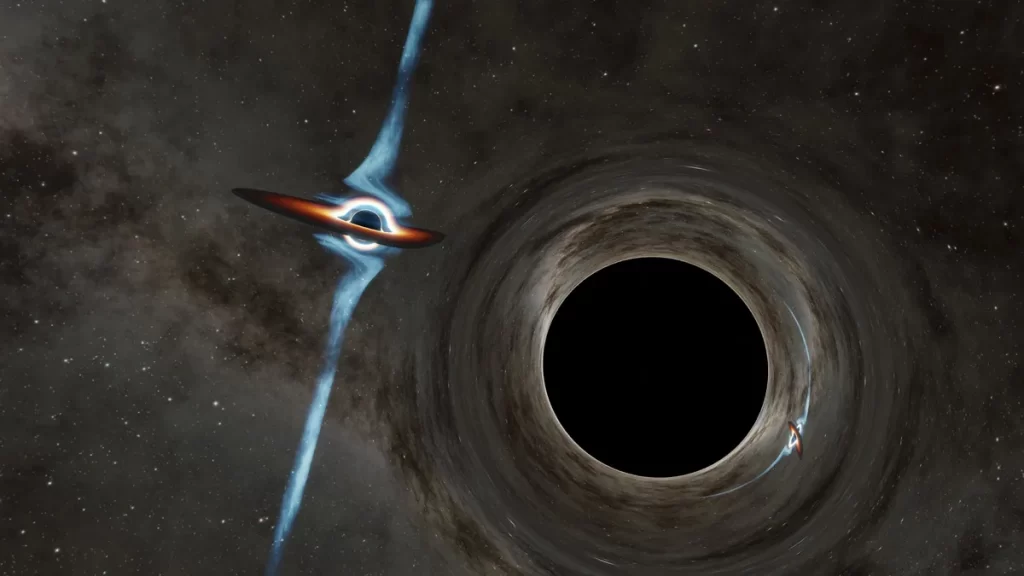An innovative group of stargazers just made a pivotal breakthrough that could completely transform the way we view our cosmos. By connecting defunct stars together to construct one immense gravitational wave detector, they were able to detect a faint vibration of gravitational waves reverberating around space. The team is convinced that this persistent thrumming originates from the collision of pairs of ultra-massive black holes.
Scientists recently made a discovery that shook the world of astrophysics. They stumbled upon evidence for low-frequency gravitational motion across all corners of the cosmos. This breakthrough was reported in The Astrophysical Journal Letters and proved that these waves exist everywhere– creating a kind of sound akin to a bustling party. Remarkably, before this development, all documented gravitational waves were limited to only certain circumstances and higher frequencies.
To make this groundbreaking discovery, the research team utilized 67 pulsars, which are rapidly spinning neutron stars emitting radio waves in a predictable manner. These pulsars acted as detectors for the gravitational waves, as the waves disrupted their regular pulsations.
The project required a detector roughly the size of a galaxy due to its enormous scope. These mysterious waves would have never been seen to conventional Earth-based observatories. To arrive at their ground-breaking findings, an international team of astronomers laboriously gathered and examined data over a 15-year period.
For now, it’s still unclear as to where these gravitational waves come from. But experts are leaning towards the idea that supermassive black holes at the center of merging galaxies could be the culprits. Furthermore, these waves don’t just appear and disappear— they tend to oscillate in cycles that can last for years or even decades!
It sounds too good to be true, but Albert Einstein’s theories about the existence of gravitational waves have been confirmed. This (absolutely incredible) breakthrough indicates a lot more than we might think– it gives us insight into the development of the most gigantic objects in space. Astronomers from across the globe are buzzing with anticipation over what this research may unveil regarding our universe and its cosmic occurrences.
More discoveries that will deepen our understanding of the universe and refute accepted hypotheses are expected as gravitational wave astronomy develops. In our effort to understand the mysteries of the cosmos, the hum of space ripples brought on by black holes represents a critical turning point.

